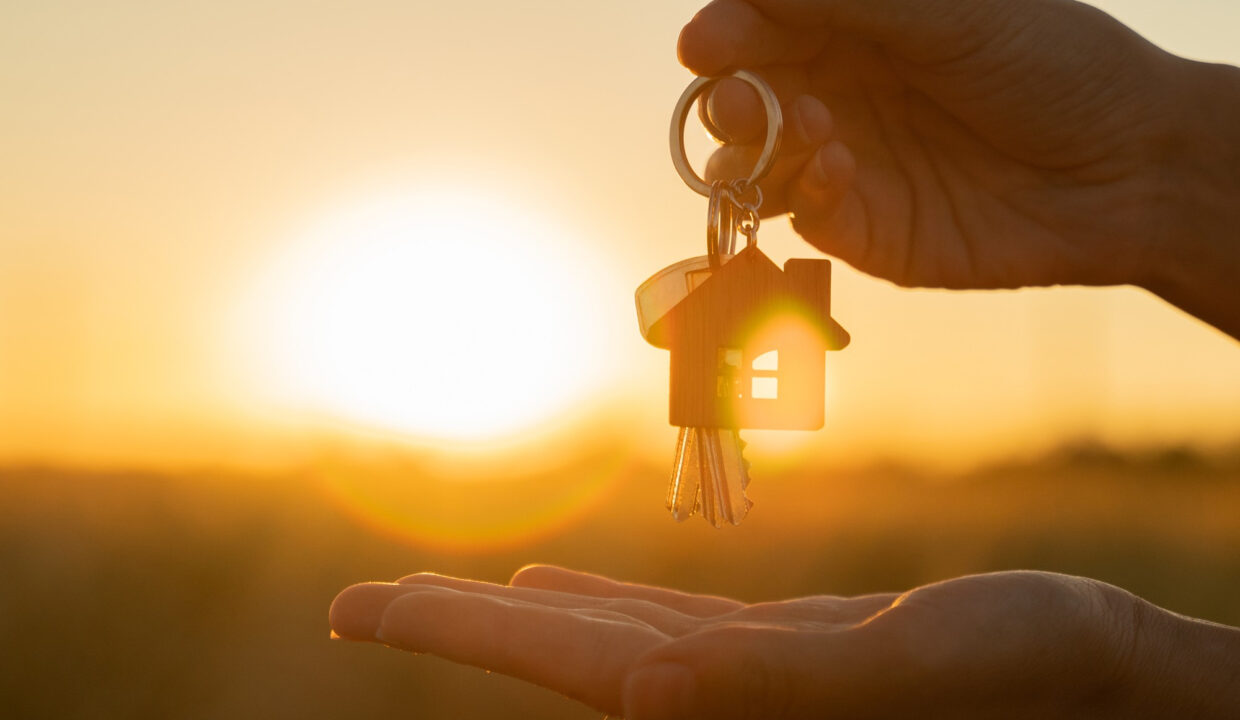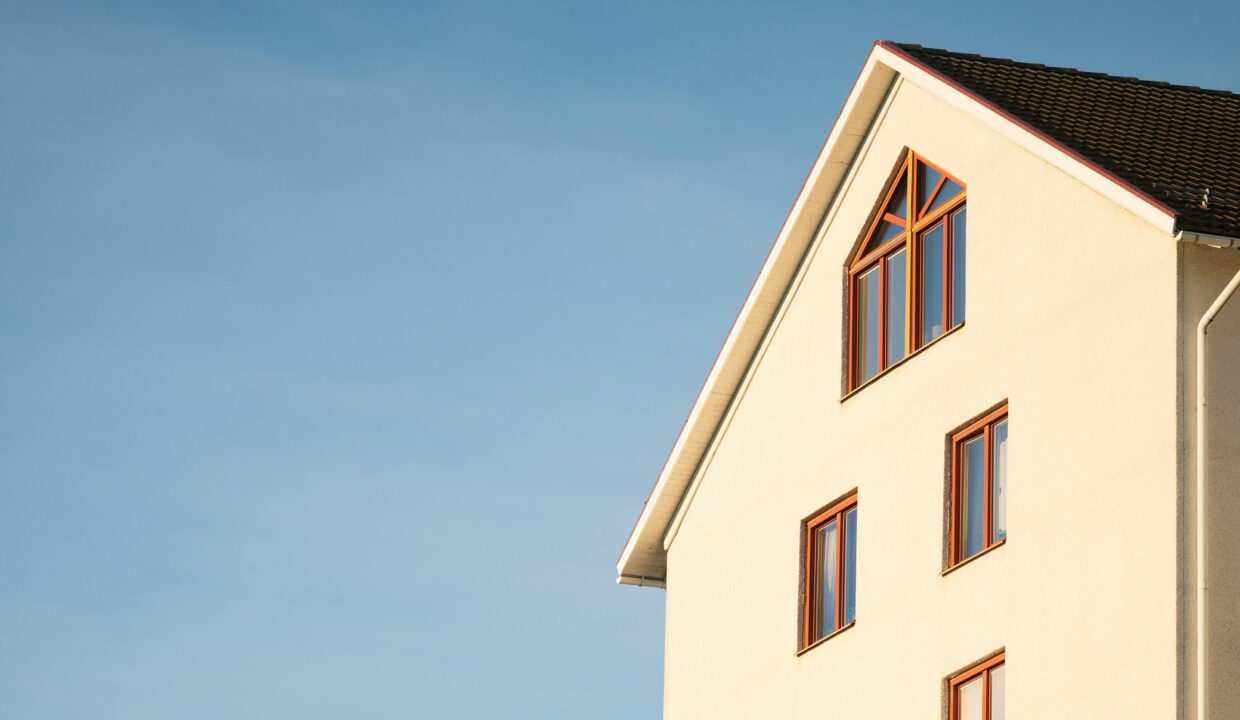In real estate investment, a property’s value isn’t just determined by its internal features but also by its location. A well-situated neighborhood can be the key to increasing a property’s value, ensuring long-term profitability. In this article, we’ll explore how to evaluate a neighborhood and why choosing the right area is essential to maximizing your returns.
1. Key Factors to Evaluate a Neighborhood
- Access to Services: Proximity to schools, hospitals, shopping centers, and public transportation makes an area more attractive.
- Safety: Neighborhoods with low crime rates are generally more valued by buyers and renters.
- Infrastructure: Well-maintained streets, public lighting, and recreational spaces contribute to a higher quality of life.
2. Growth and Development of the Area
A neighborhood with ongoing development projects, such as new shopping centers, road infrastructures, or industrial zones, tends to experience a significant increase in value. Smart investors prioritize areas with urbanization plans.
3. Demographic Trends
- Housing Demand: Areas with higher population growth are more attractive to buyers.
- Resident Profile: Analyzing the profile of neighborhood residents can indicate economic stability and potential for appreciation.
4. Success Stories: The Role of Neighborhoods in Property Value Growth
For instance, emerging neighborhoods in Orlando have experienced a 20% increase in value over five years due to proximity to theme parks and the growth of the tech industry.
Choosing the right neighborhood can mean the difference between an average investment and an exceptionally profitable one. Carefully assess the factors mentioned to ensure consistent and secure value appreciation.
Want to find properties in high-potential neighborhoods? Contact us today Call 786 250-6006 for personalized analyses and secure your investments.


